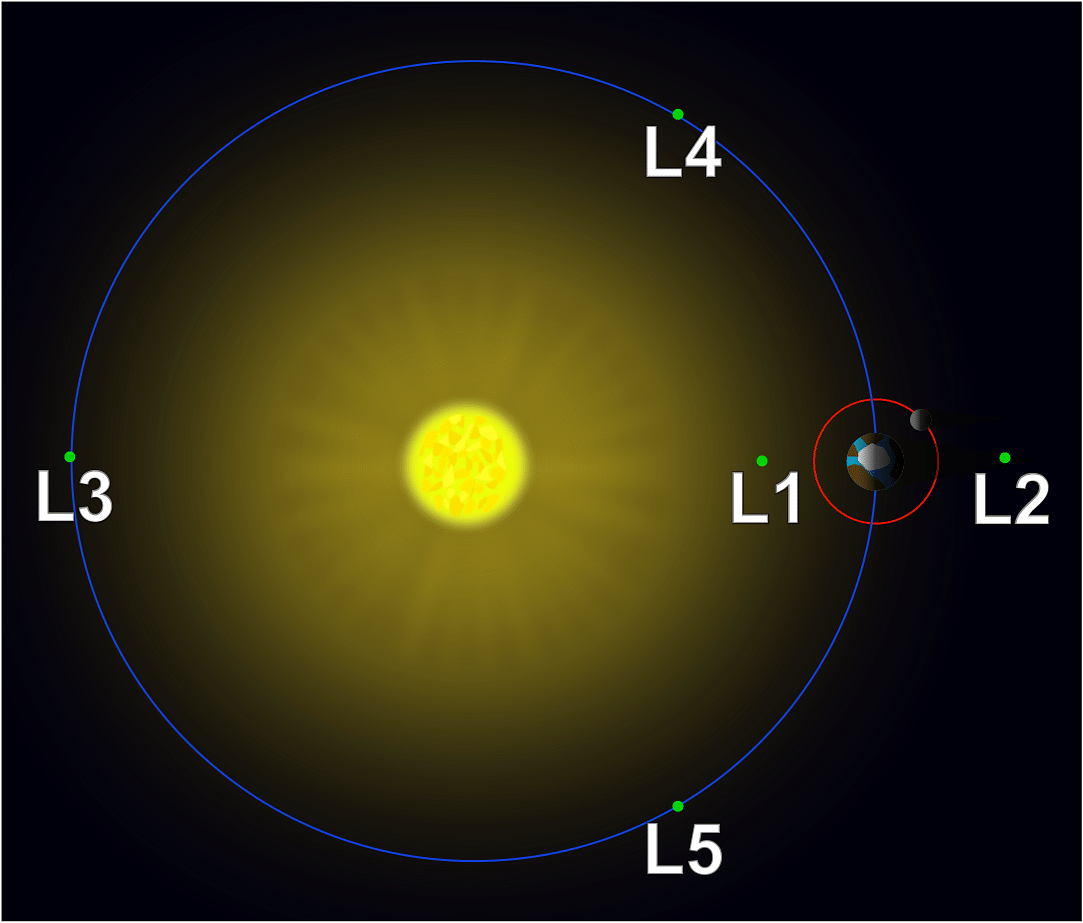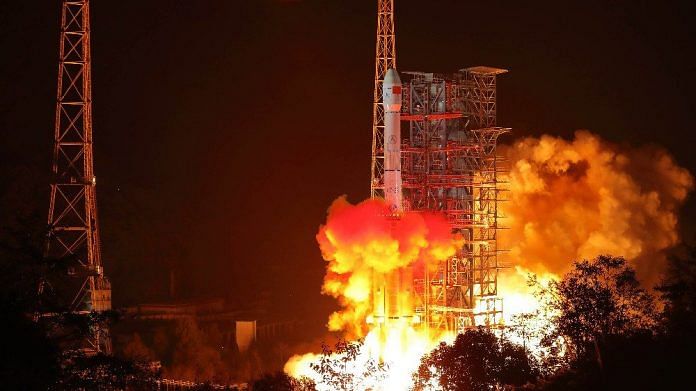Expected to land in January, Chang’e-4 will be the world’s first spacecraft to land on the side of the moon that faces away from Earth.
Bengaluru: China has launched the world’s first spacecraft that aims to explore the far side of the moon.
The Chang’e-4 craft lifted off from the Xichang Satellite Launch Centre in China’s Sichuan province at 2.23 am local time (11.53 pm IST) on 8 December.
The craft is currently in orbit around the Earth, performing scheduled manoeuvres, and scheduled to enter the lunar orbit on 11 December. It will land on the moon sometime around 3 January.
The far side of the moon is the one we cannot see from Earth. The moon is tidally locked to Earth — this means that its rotation is in sync with its revolution as it goes around our planet, and we only ever see the one side.
The other 40 per cent of the moon’s surface, which comprises the far side, has thus been seen in images taken by spacecraft, including lunar orbiters.
Also read: When NASA probe kisses the Sun, a star will spill long-held secrets
The far side
To send a craft to the moon’s far side that can still be controlled from Earth, Chinese scientists had to first tackle the problem of communication.
As the craft will never be in the Earth’s line of sight, a direct radio link cannot be established. This meant that the craft would need to communicate with a satellite above it that was facing the Earth.
To solve this problem, the Chinese team launched a satellite into the L2 Lagrange point—one of the five points in a two-body system where the gravitational pull from both bodies nullifies the net effect enough for an object to be stable in that space without tumbling away into space.

The relay satellite, Queqiao, revolves around L2, visible to both the Earth and the far side of the moon at all times.
Chang’e-4 will land inside the moon’s oldest, biggest, and deepest impact structure, the South Pole-Aitken (SPA) basin. While the near side shows large plains or maria, the far side is covered in hundreds of tiny impact craters and very few maria. Scientists have speculated about a number of uses for the far side of the moon, including setting up radio telescopes.
Within the SPA, it will touch down on a crater called Von Kármán. Scientists chose this location to study the formation and composition of the moon, as an impact as large as the one that created the SPA could have potentially displaced a lot of the regolith (lunar soil) and crust, exposing the magma within.
Also read: GSAT-11 will bring fast inflight internet connectivity to India






